Interpreting and Understanding DTC Codes
2023-05-09 by UDIAG
DTC Meaning: What is a DTC Code?
DTC code stands for Diagnostic Trouble Code. It is a code generated by the onboard diagnostic system (OBD) of a vehicle when it detects a problem with one of the vehicle’s systems.
The OBD system continuously monitors the vehicle’s engine, transmission, emissions, and other systems for any issues or malfunctions. When a problem is detected, the system generates a specific DTC code, which helps mechanics and technicians to identify the issue quickly and accurately.
There are hundreds of different DTC codes, each corresponding to a specific problem with a particular system or component. Mechanics and technicians can use specialized diagnostic tools to read and interpret DTC codes, allowing them to diagnose and fix problems more efficiently. DTC codes can help save time and money in the repair process by pinpointing the exact issue, rather than relying on trial-and-error methods.
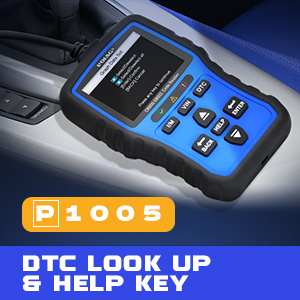 |
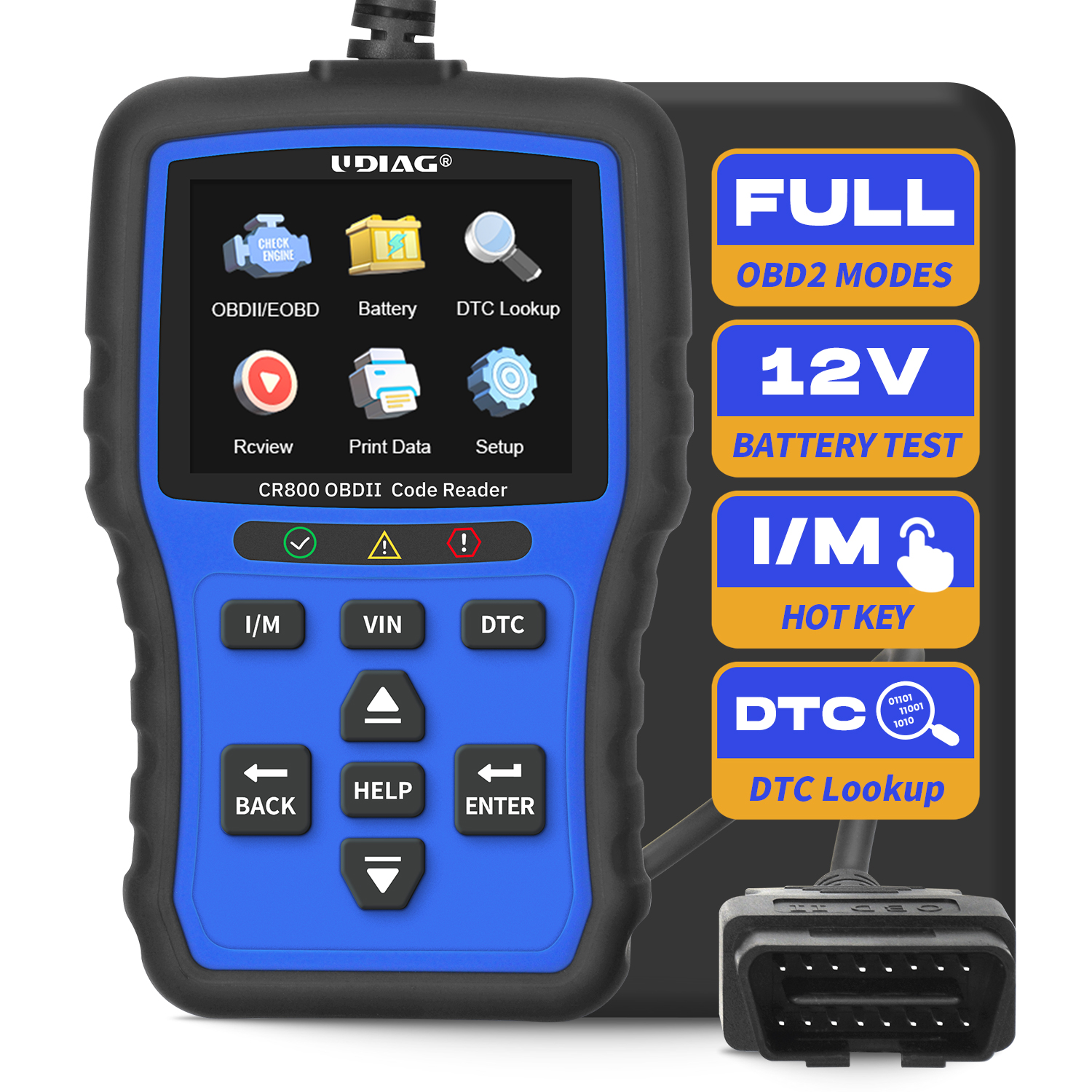 |
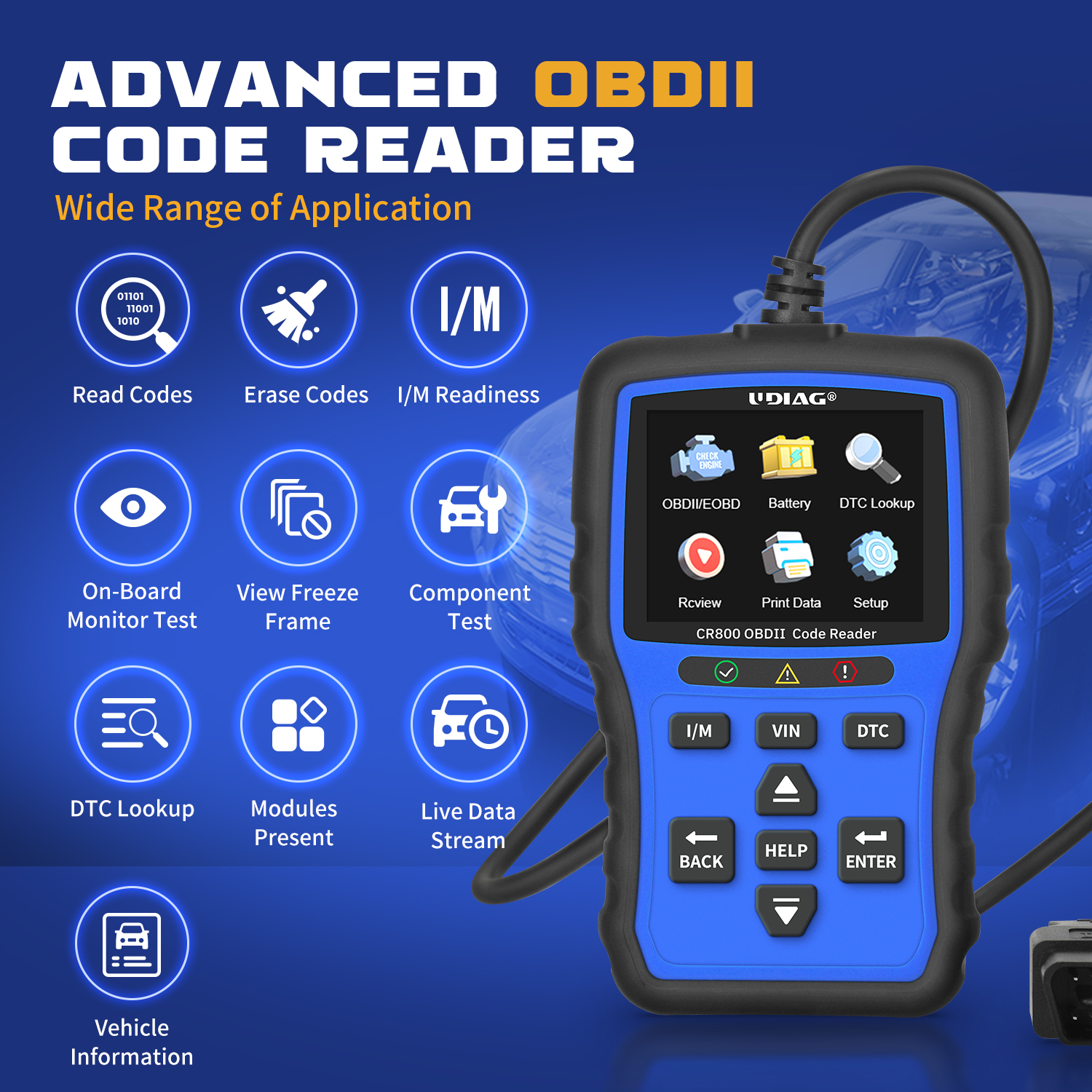 |
Interpreting DTC Codes
#1 The first character (letter)
The first character in a DTC code indicates the general category of the problem. For example:
- P: Powertrain (engine, transmission, emissions, etc.)
- B: Body (climate control, airbags, etc.)
- C: Chassis (brakes, suspension, etc.)
- U: Network/communication (problems with the vehicle’s computer or wiring)
#2 The second character (number)
The second character in a DTC code indicates whether the code is generic or manufacturer-specific.
- 0: Generic code (applies to all vehicles)
- 1: Manufacturer-specific code (specific to a particular make or model)
#3 The third character (number)
The third character in a DTC code indicates the subsystem that’s causing the problem. This can be different depending on the vehicle, but some common examples include:
- 1: Fuel and air metering
- 2: Fuel and air metering (injector circuit)
- 3: Ignition system or misfire
- 4: Auxiliary emissions controls
- 5: Vehicle speed control and idle control system
- 6: Computer output circuit
- 7: Transmission
#4 The fourth and fifth characters (number)
The fourth and fifth characters (number): The fourth and fifth characters in a DTC code provide additional information about the specific problem. For example, a P0301 code would indicate a misfire in cylinder 1, while a P0455 code would indicate a large leak in the vehicle’s evaporative emissions control system.
What Does a DTC Mean in a Vehicle?
The purpose of DTC codes is to help mechanics and technicians diagnose and repair problems in a vehicle’s systems. The codes provide information about the specific problem, such as the system or component that’s causing the issue. For example, a DTC code might indicate that there’s a problem with the vehicle’s emissions control system, fuel system, or transmission.
DTC codes are standardized, and their meaning is defined by the Society of Automotive Engineers (SAE). Each DTC code consists of a letter followed by four digits. The letter indicates the general category of the problem, such as “P” for powertrain or “B” for body, while the digits provide additional details about the specific issue.
When a DTC code is generated, the vehicle’s check engine light will typically illuminate to alert the driver that there’s a problem. It’s important to have the problem diagnosed and repaired as soon as possible, as ignoring a DTC code can lead to more serious issues down the road and may even cause damage to the vehicle.
How to Read DTC Codes Fastly
The UDIAG Code Reader CR800 is a compact and user-friendly device that allows car owners and mechanics to quickly and easily diagnose issues with their vehicles. With just one click, the CR800 can scan a vehicle’s onboard diagnostic system and retrieve any Diagnostic Trouble Codes (DTC) that have been generated. This makes it an essential tool for anyone looking to save time and money on car repairs, as it allows them to quickly identify issues and take appropriate action.
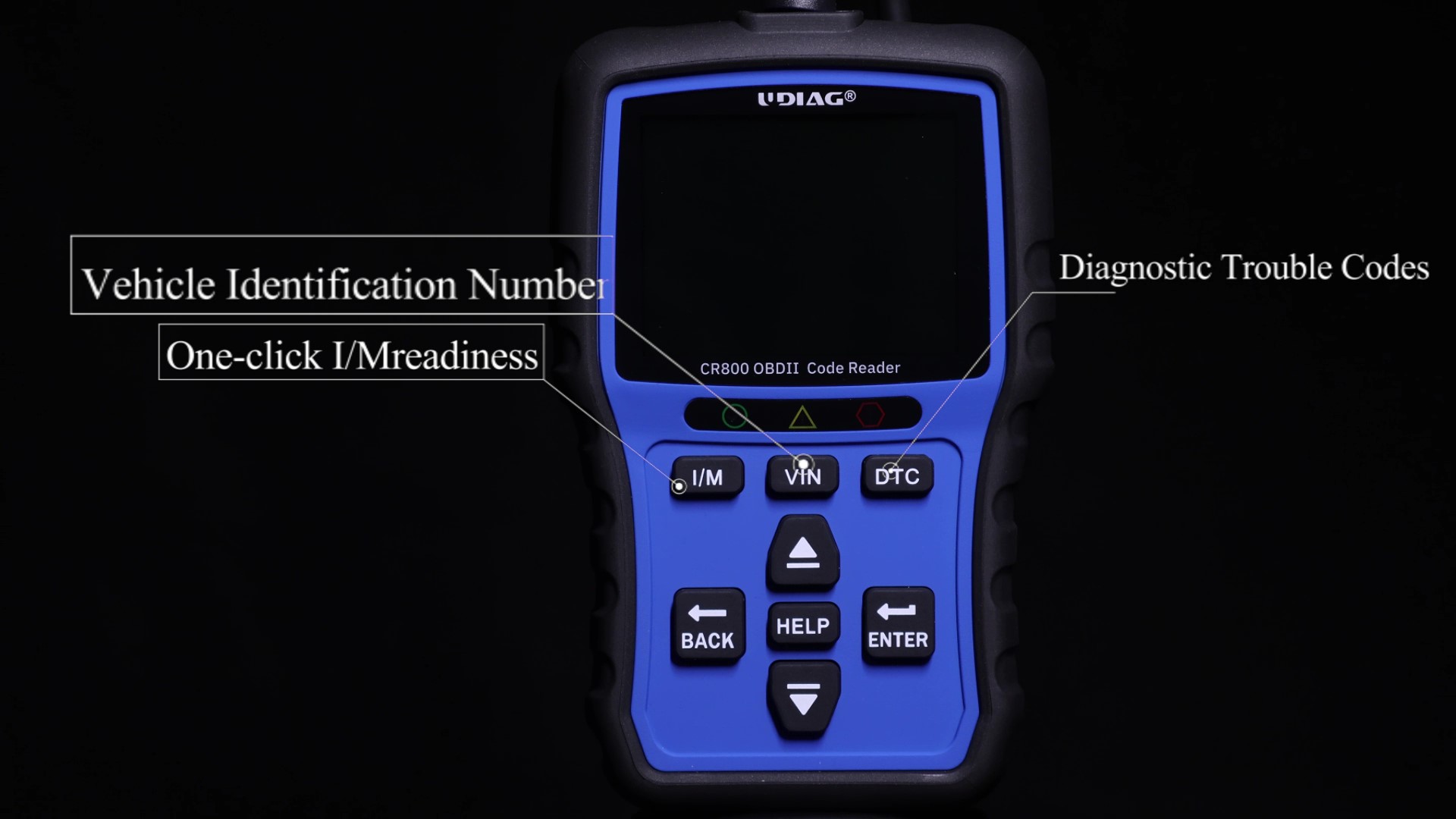
Here are steps to check the DTC codes with one key:
#1 Connect the UDIAG Code Reader CR800 to your vehicle
#2 Just Click the “DTC” key to check trouble codes
#3 According to the interpretation of fault codes on the screen, check the issued car
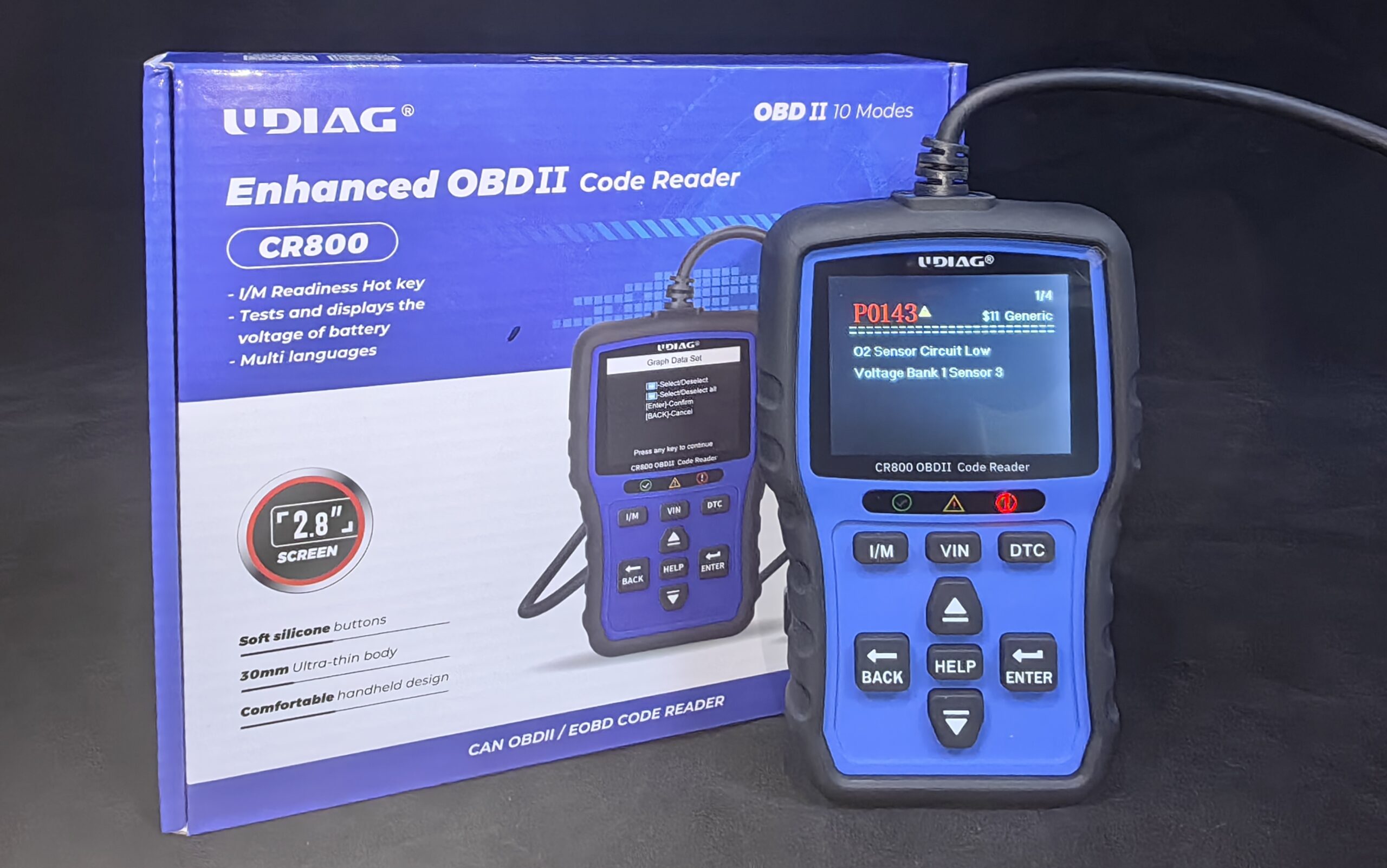
FAQs
- What causes a DTC code to be generated?
A DTC code is generated when the vehicle’s onboard diagnostic system detects a problem or malfunction in one of the vehicle’s systems or components. The system continuously monitors various sensors and components in the vehicle, and if it detects a problem, it will generate a code and store it in the vehicle’s memory.
- How do I know if my vehicle has a DTC code?
If your vehicle has a DTC code, the check engine light will typically illuminate on the dashboard. You can also use a diagnostic tool to retrieve the codes from the vehicle’s onboard computer.
- Can I drive my vehicle with a DTC code?
It’s generally not recommended to drive your vehicle with a DTC code, as it can lead to more serious issues down the road and may even cause damage to the vehicle. It’s best to have the problem diagnosed and repaired as soon as possible.
- Can I clear DTC codes myself?
Yes, you can clear DTC codes yourself using a diagnostic tool or by disconnecting the battery for a few minutes. However, it’s important to note that clearing the codes does not fix the underlying problem, and the code may reappear if the issue is not addressed.
- Can DTC codes be prevented?
DTC codes are generated when a problem or malfunction is detected in the vehicle’s systems or components. Regular maintenance and prompt repairs can help to prevent problems and reduce the likelihood of DTC codes being generated.
Conclusion
Diagnostic Trouble Codes (DTC) are essential in modern vehicles and play a crucial role in detecting, diagnosing, and repairing issues in the vehicle’s systems. The onboard diagnostic system continuously monitors various sensors and components in the vehicle and generates a code when a problem or malfunction is detected. The codes provide mechanics and technicians with vital information about the specific problem, allowing them to diagnose and repair the issue effectively. As such, it’s important for vehicle owners to pay attention to the check engine light and promptly address any DTC codes to prevent more severe issues and ensure the vehicle is operating at peak performance.


